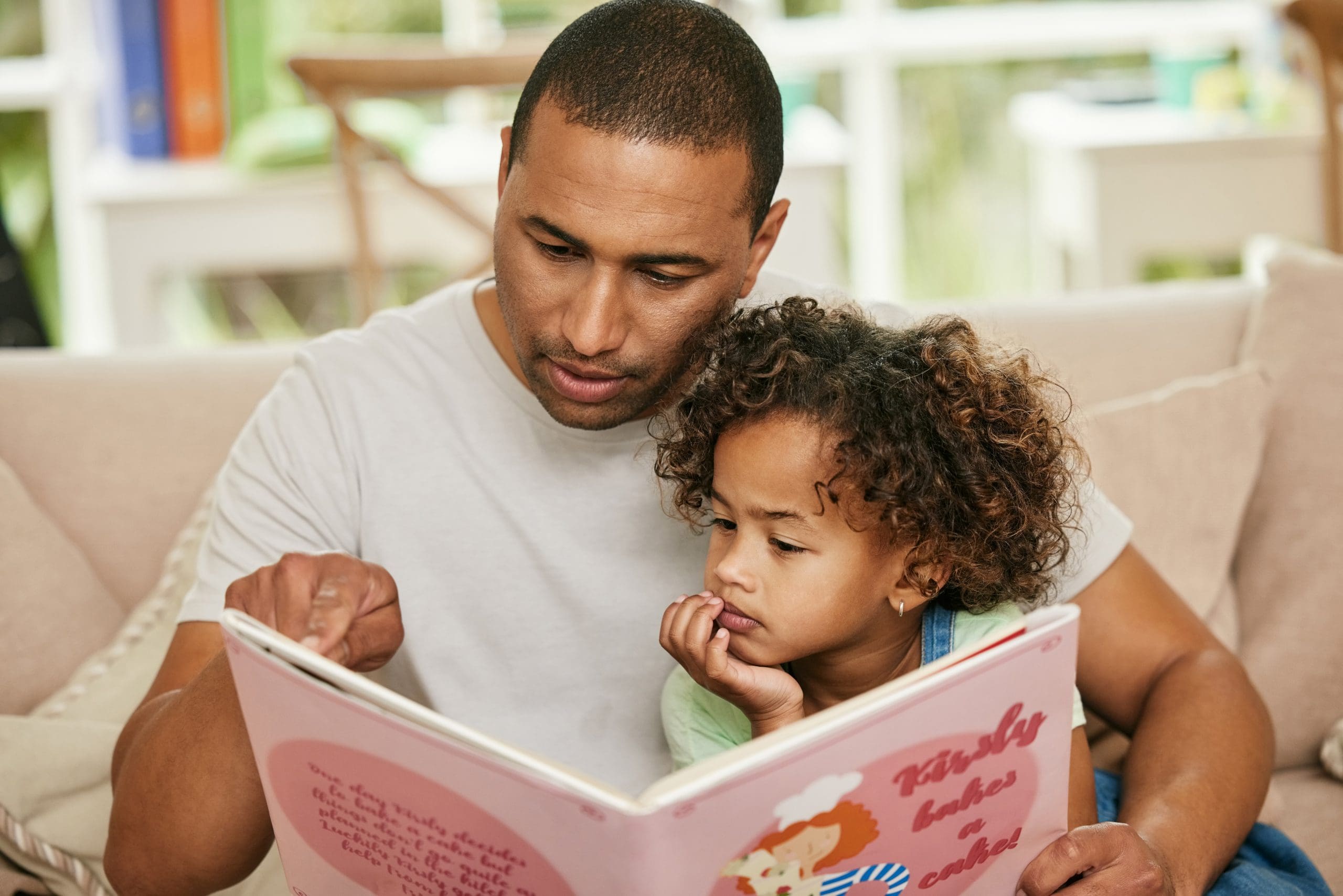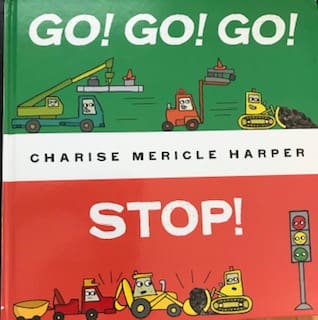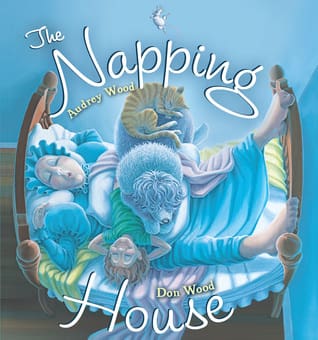What is Dialogic Reading?
Some of you may have heard or read about dialogic reading in materials from First Connections or elsewhere, and hopefully many of you in playgroups will recognize this style of reading aloud from our circle time.
Dialogic Reading is a technique that has been shown to improve children’s language skills and readiness for reading independently. It is a technique that we use in our playgroup circle times and encourage families to use at home with their children. The basic concept is to be more interactive when you are reading to your child: talking about the story and pictures and asking questions instead of or in addition to simply reading the text of the book word for word. I.e., make story time more of a dialogue.
Here is a great article about the evidence behind and importance of dialogic reading: http://www.readingrockets.org/article/dialogic-reading-effective-way-read-aloud-young-children

The reason that you read to babies right from the beginning is so that they will have positive associations of reading and books. Young babieswill not be able to answer questions about the books, but as they grow and are able to communicate more, children will be more able to participate in the reading of the book, starting with being able to point to pictures and giggle when you read a book they love.
Babies pointing to pictures in books leads to toddlers naming the things they see, which leads to preschoolers talking about the story in the pictures and understanding that the print on the page means something, which leads to independent readers in elementary school. So using dialogic reading as much and as early as you can will help your child develop those important pre-literacy and literacy skills.
In order to help us remember how to use dialogic reading, there are two acronyms, PEER and CROWD.
Ways to respond to your child's questions or comments:
P: Prompt your child to say something about the book. "What is this?" "Where's the cow?"
E: Evaluate your child's response. "You're right, that's a cow!"
E: Expand your child's response. "What does the cow say?"
R: Repeat the prompt to be sure your child has heard and learned from your interaction. "Where's the cow?" "Who says moo?"
Types of questions to ask:
C: Completion--ask your child to complete a phrase or sentence that is repeated in a book or that the child has heard many times. "A cow says moo. A sheep says baa. Three singing pigs say _______."
R: Recall--ask your child to tell you what happened in the story you just read. You can also ask your child to predict what might happen next in a story. "Uh-oh, the dump truck is stuck! How will they get it out?" "Who helped them get out of the mud?"
O: Open-ended--ask your child questions that have no "right" answer or that require him to describe something in the story or pictures."What do you see on this page?" "What is the gorilla doing?"
W: What, who, when, where, why questions. "Who is coming to help?"
D: Distancing--ask your child to relate something in the book to something in her own life. "Do you remember when we went to the farm? What animals did we see?"
Of course, you won't remember, or have time or energy to read this way every time. And sometimes kids want to hear every word on the page, exactly the way it is written. But if you try to integrate some of these questions and prompts into your story time here and there, it will become a habit. And you and your children will benefit!














